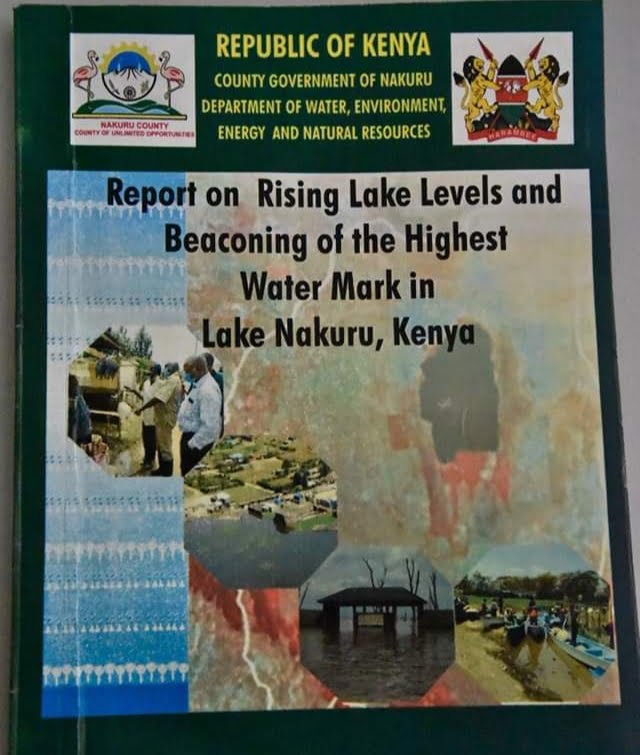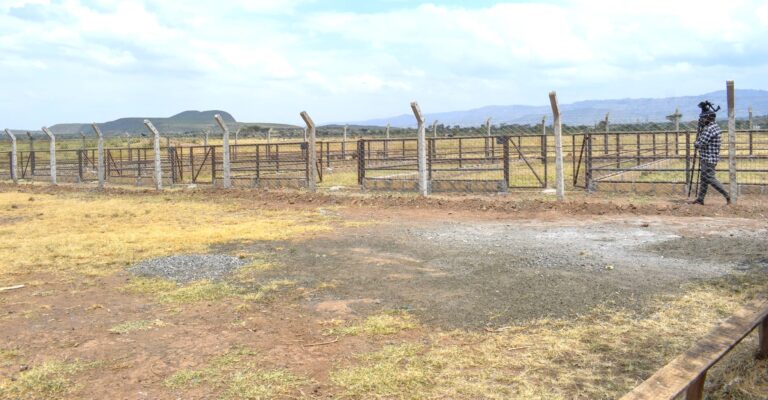A task force committee looking into the causes and effects of the rising water levels in Lake Nakuru has recommended that the government should consider compensating and buying off the affected households in flood-prone areas.
The task force led by County Minister of Water, Environment, Energy and Natural Resources, Engineer Festus Ng’eno said the flooding that began in early 2011 had displaced thousands, destroyed property and made the land unsuitable for farming due to the salty nature of the lake water.
He added that the County Government of Nakuru was working with the National Government on a more comprehensive field ground-truthing coupled with satellite image field validation to acquire requisite spatial data for alerts and possible mitigation and adaptation planning.
Environmental expert and member of the task force, Mr Jackson Raini cited seismic and other underground movements, which have a frequent occurrence in the Rift Valley, and especially in Nakuru County might have caused the rise in water table leading to flooding.
He stated that climate change has for over a decade now led to high rainfall in the region causing ground over-saturation, as also witnessed by raising water in boreholes in other parts of Nakuru County.
The Chief Officer for Water, Environment, Energy and Natural Resources, Mr Kiogora Mureithi noted that the Government would in the future map out the affected riparian land for conservation purposes.
A Taskforce member representing the Kenya Wildlife Service, Mr John Endebe said the flooding affected the Lake Nakuru National Park biodiversity such as the drying up of acacia trees that giraffes feed on and an increase in freshwater birds due to reduced salinity and the accidental introduction of fish.
Mr Endebe also noted that the flooding raised the human-wildlife conflict as animals fled the flooded sections to farmlands after the electric fence was switched off.












